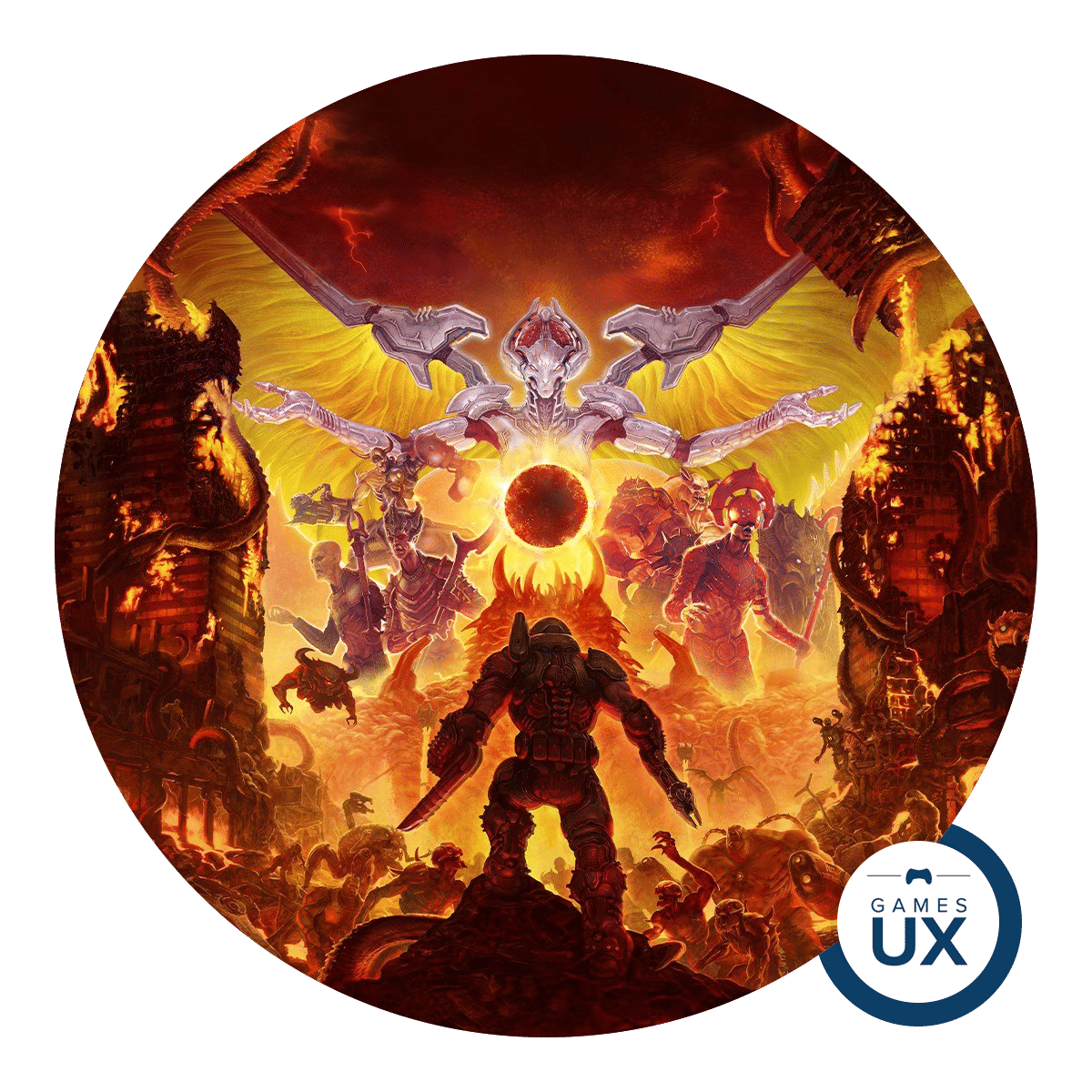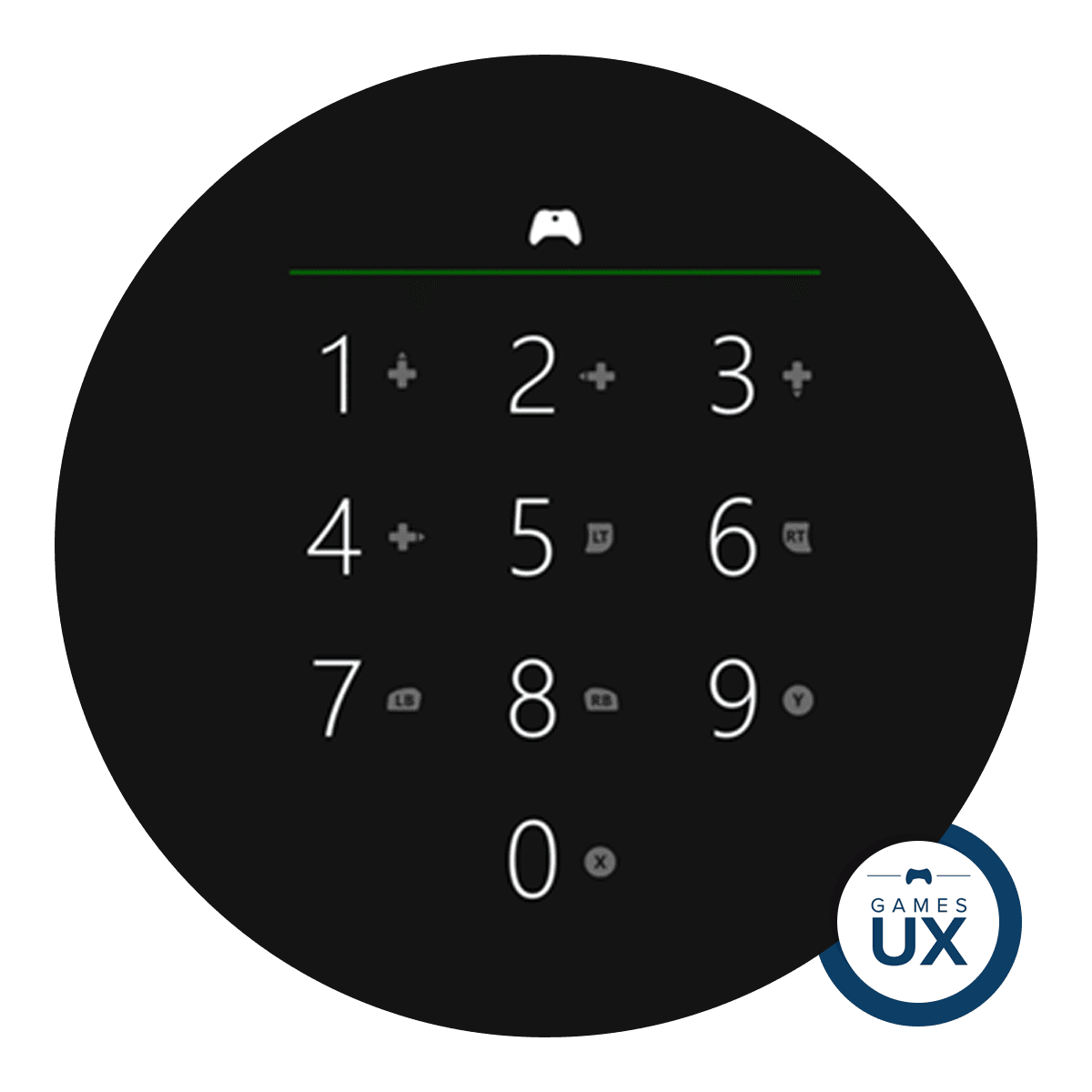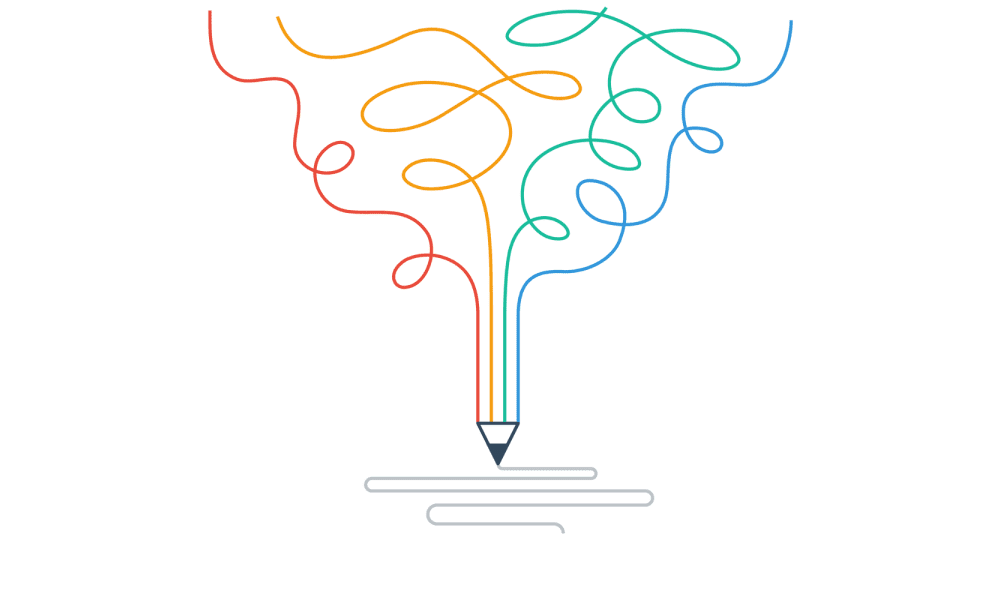Creator Series | Ep. 2 — Meet Jon Yablonski
If you’re familiar with design blogs or the Humane by Design project, then the name Yablonski surely rings a bell. Based in Detroit, Jon generated buzz in the design world through his skilful side-projects and popular blog posts on Prototypr and other publications. Having begun his career in graphic design, he quickly transitioned to interaction, and is now focusing on the next generation of in-vehicle interactive experiences as a senior product designer at General Motors. Also, he has just released a new book Laws of UX.
So, it’s with great excitement that we introduce you to the amazing Jon Yablonski!
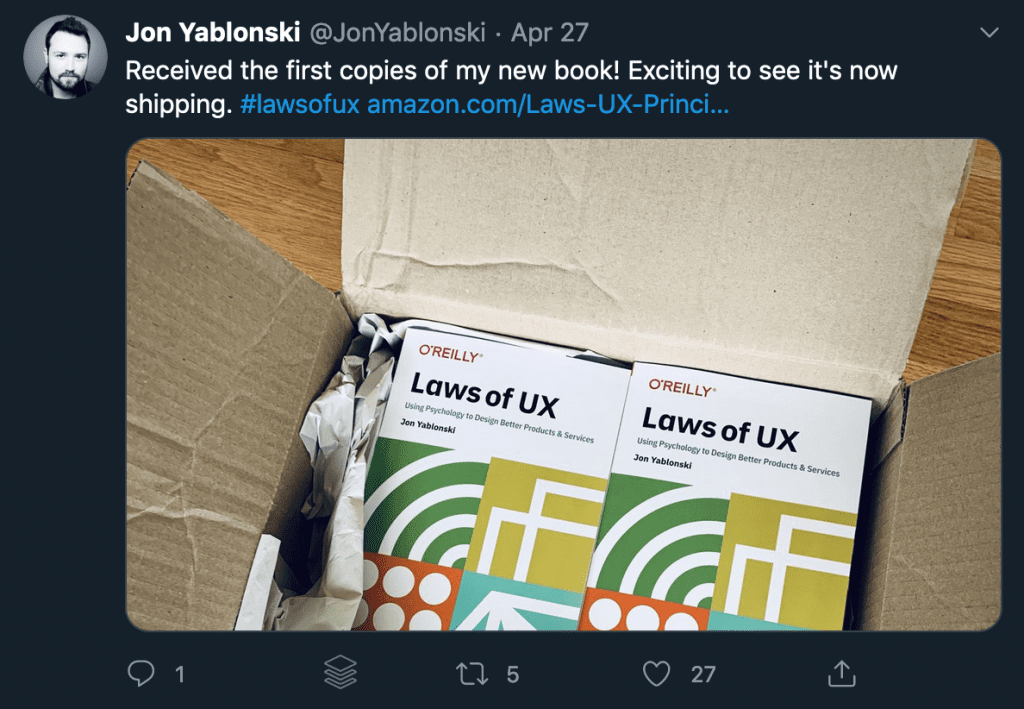

Letter
1. Jon, for those who are not so familiar with your journey and your work, can you tell us a bit about yourself?
My journey began as a graphic designer after graduating from art school but I quickly gravitated towards interaction design. I’ve had the opportunity to work on a variety of teams, companies and projects — learning something with each experience. I try to write about design and web development because I think that writing is a great way to reflect and learn, but also a way to teach others. I experiment frequently through side-projects, which I see as a way to explore ideas and grow skills that eventually benefit my client work.
2. Front-end and design. When did you find out this is what you wanted to do?
My mom was always really supportive when it came to my interests, especially art. She’d take me to art museums, enrol me in summer art classes, and buy me art supplies. She really encouraged me to pursue my interest in art, even though it was an uncommon career path where I grew up in Arkansas. Her encouragement pushed me to work hard, and this hard work won me a spot in summer art camp at Memphis College of Art. It was during this time I learned about graphic design and realised that design is what I wanted to do. A couple of years later, I was back at art school but this time enrolled as a freshman.
While I started my career as a graphic designer focused on print and branding work, I quickly gravitated towards the digital space. I needed an online portfolio and there wasn’t a lot of great options at the time, so I started trying to learn how I could code my own website.
I still remember printing out code from view-source and pouring over it, highlighting stuff and trying to understand it. It didn’t take long for me to be completely enveloped with interaction design and front-end web development, and I’ve never looked back.
3. How did you learn and get experience?
I went to art school and got a more traditional design education that emphasised history, foundations and form over technical knowledge. I realised shortly after graduation that I needed to be more adept in the digital space, so I started to experiment a little bit on the side with it. When the iPhone came out in 2007, this gravitation towards digital accelerated and I found myself immersed in the challenges and opportunities of designing for the web.
Over the years, I’ve gotten experience by working in a variety of roles at different kinds of companies. I also put a big focus on side-projects, which gives me the opportunity to learn and gain experience with things that I don’t get a chance to with my client work.
4. You currently work as a product designer at General Motors. Where did your passion for product come from?
Most of my career has been spent working in agencies, which typically means juggling multiple projects for different clients that each span 3–6 months. Taking on a product design role has really allowed me to have a deeper impact and see something evolve on a much larger scale. It’s been an eye-opening experience that’s really rounded out my knowledge and brought out my passion for being part of the evolution of a product as opposed to a one-off project.
5. I must say your work is quite inspiring. Your Humane by Design and Laws of UX projects in particular have caught our attention and gathered a lot of buzz in the community. What drove you to start these?
I see side projects as a way to explore new ideas, level up with new tools, and experiment with new techniques. It gives me an opportunity to push myself, stay curious, and gain knowledge that always seems to find a way back into my client work. Since the winters in Detroit are pretty long and harsh, I use them as a time to focus on ideas that have been on my mind.
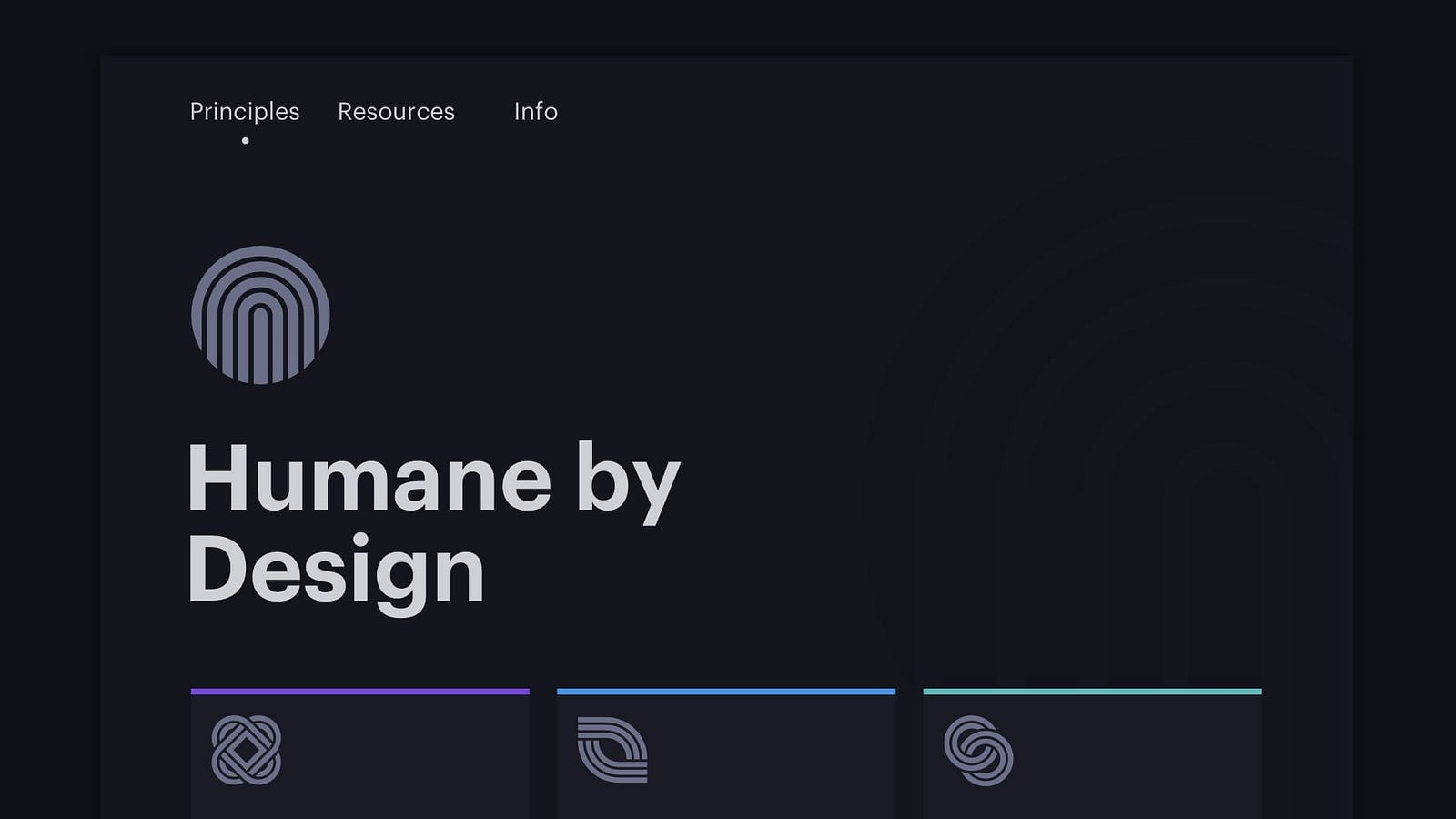
These projects are always an offshoot of something I experienced professionally and wanted to explore further. Take for example Laws of UX: I found myself researching psychology heuristics for a client project but discovered there wasn’t a lot of resources focused on how these intersect with design.
I decided to make the resource I was looking for [Laws of UX] and in the process learned a lot about the intersection of psychology and UX design.
I also like to connect ideas if possible, and Humane by Design is somewhat a response to Laws of UX. We can use persuasive design patterns to keep users engaged in the products we help create, but there is also an ethical question that we must consider. A lot of discussion on this topic seems to suggest that designers have little to no impact, especially if the underlying business model of a product is geared toward capturing people’s attention and keeping it. I wanted to explore the possibility that designers could actually influence how products are created to prevent them from becoming invasive, addictive, dishonest, or harmful to the people using them.
6. With such a huge focus on results, sales, monetisation, do you think products today lack a human touch? In another words, has UX lost its way?
I think that more often than not the goals of the business and the goals of the user are at odds with one another. A lot of emphasis lately seems to focus on UX supporting business goals by creating “habit forming” products that keep users coming back, but this isn’t what people actually want.
People want technology to empower them — to amplify their abilities and make life easier.
The reality is many products and services out there, even ones that are renowned for being well-designed, are based on exploitative practices that monopolize people’s time and attention. People are becoming more aware of this and I think it will become imperative that companies consider how their products affect those using them. UX plays a critical role in all of this — the era of move fast and break things is over.
7. You also run Web Field Manual. How do you manage to do everything and keep a good balance between your work, projects and personal life?
I am a big believer in prioritisation over daily balance. That’s not to say that I think work/life balance isn’t important, but I tend to focus on one thing at a time. It’s really just about managing that focus and where you spend it, which for me changes week-to-week and even season-to-season. That’s one nice thing about living in Detroit — the seasons are very pronounced, so they kind of work as a mental trigger. In the winter, I’m very introverted and focused on my work, and in the summer I’m very extroverted and hungry for inspiration. It’s a natural rhythm that I value and I know I’d miss if I lived somewhere that didn’t have distinct seasons.
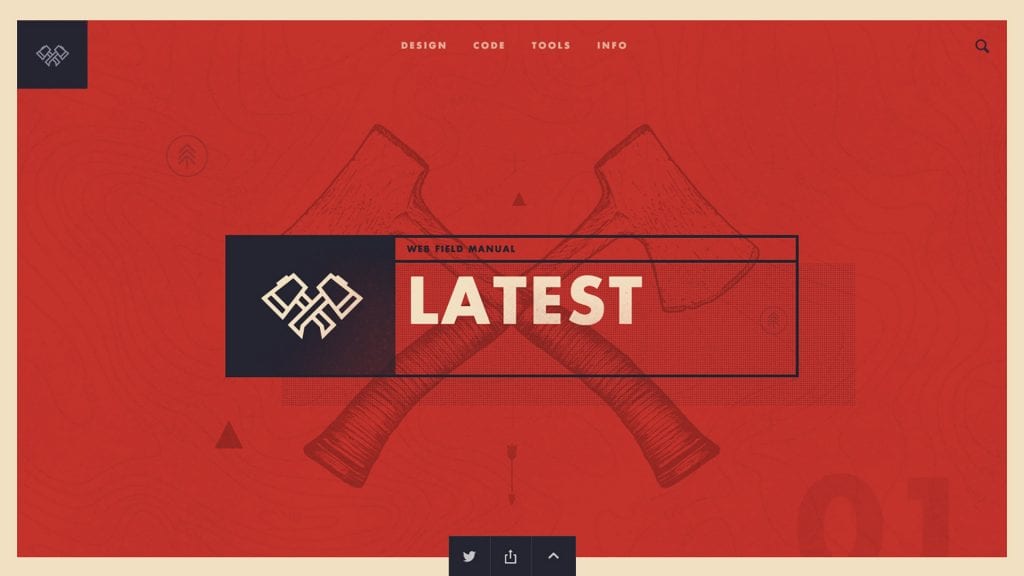
8. Considering all the work you’ve done so far, what’s your favourite or most impactful project? And why?
I think my most impactful project has been Laws of UX because it makes complex psychology laws accessible to more designers. Cognitive and behavioural psychology provides such a wealth of knowledge that is useful for designers, so creating a designer-friendly resource that aggregates this information gave me an opportunity to learn a lot. I think this knowledge has made me a stronger designer and communicator in regards to design and problem solving.
______
If you want to know more about how you can apply key principles in psychology to build more intuitive and human-centered products and experiences, check out Jon’s new book – “Laws of UX”. You can get it here.
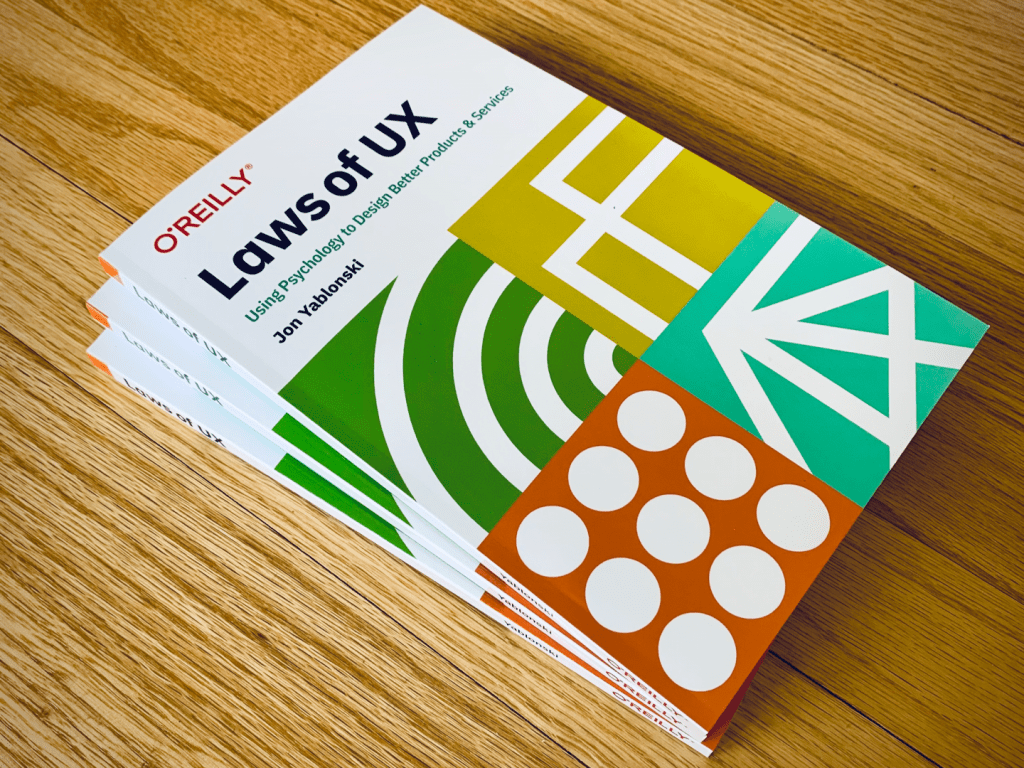
9. When creating something, what is your process usually like?
I always start it with:
- Learning as much as I can about the topic at hand.
This means reading a lot, asking questions and really letting myself be immersed in the subject matter. Next… - Taking time to get inspired and ask the “what if” questions.
This phase is many times my favorite part of a project — a time when anything is possible. I usually do a lot of mood boards, style tiles, and sketching. It’s also a time to define requirements that support what I’m trying to achieve — whether it’s learning a new tool/technology, achieving client goals, or simply exploring an idea. Step 3 is focused on… - Narrowing down and then validating an approach.
This means creating wire frames, prototypes, and conducting user tests. It’s a time to identify what does and doesn’t work, but also discovering things I didn’t initially consider. It’s a very iterative part of the process in which everything is still subject to change. Next is all about… - Committing to the best approach, implementation and then refinement.
Development is often a heavy focus during this part of the process, but that’s not to say there isn’t still room for some experimentation: fine-tuning transitions, animations, and other details are my favorite part of this phase. I also consider the additional iteration that comes with user feedback as part of this phase — a project doesn’t end on launch day!
10. Building products comes with a lot of hurdles. What’s the biggest issues you’ve encountered in this process and how would you approach them?
The biggest issues I’ve encountered all come back to a breakdown in communication. The better you can articulate a shared goal and a plan to achieve it, the more support you’ll get. This means being proactive and working collaboratively with other disciplines within your entire organization, not just your immediate team.
11. Now to everyone’s favorite question. What’s in your toolbox?
My toolbox changes depending on the project, but there are a few that I reach for every time. Good old fashioned pencil and paper is an invaluable tool in any designer’s toolbox, and it’s always the first one I reach for. Whether I’m taking notes, brainstorming or sketching paper wire frames, getting back to the basics allows me to think without the hindrance of tools. Sketch in addition to Zeplin has become invaluable and I find myself using them for everything from wire framing to high-fidelity designs. I also love using tools like Trello and Evernote for tracking tasks, notes, and documentation. From a development perspective, I’m really digging static site generators these days like Hugo for its speed/flexibility and Visual Studio Code is my editor of choice.
12. Burnout is becoming worryingly common in our industry. Have you ever had to deal with this problem?
Yes — definitely. The industry is changing so fast that it can be a challenge keeping up. Both tools and processes are in a constant state of evolution and change, and everyone is feeling the pressure to stay on top of the latest and greatest. I’ve also felt this pressure and the resulting burnout because design isn’t just something I do for work — it’s a passion I take home with me.
13. Any advice for those going through something like this?
The way I like to deal with burnout is to slow down and be more purposeful with the things I’m doing. It’s all about prioritizing tasks based on the goals you want to achieve. Also, don’t forget the basics: eat healthy, exercise, and get away from the computer often (preferably outside).
14. Finally, do you have any advice for people who are just getting started in design and development?
Never stop learning, stay hungry but humble, and do what you love to do even if it means doing it during personal time — eventually, it will be what you get to do all the time. Learn what you need to when you need to and don’t get carried away with trying to always know the new shiny tool, the latest technique, or some new method. Tools and processes change, but good design is timeless.
15. Anything else you’d like to mention?
I think one of the most important things that anyone working in our industry can do is to truly understand the real-life effects of their work.
We have a responsibility as designers and developers to create technology that enhances people’s lives, not exploit them or extract their attention.
There’s enough of that in the world already.

Read more from Jon in our blog →
Popular Stories
Design Principles For Reducing Cognitive Load
Designer’s Guide To Flexbox And Grid
Designing With Occam’s Razor

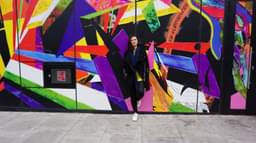
 Buy me a coffee
Buy me a coffee